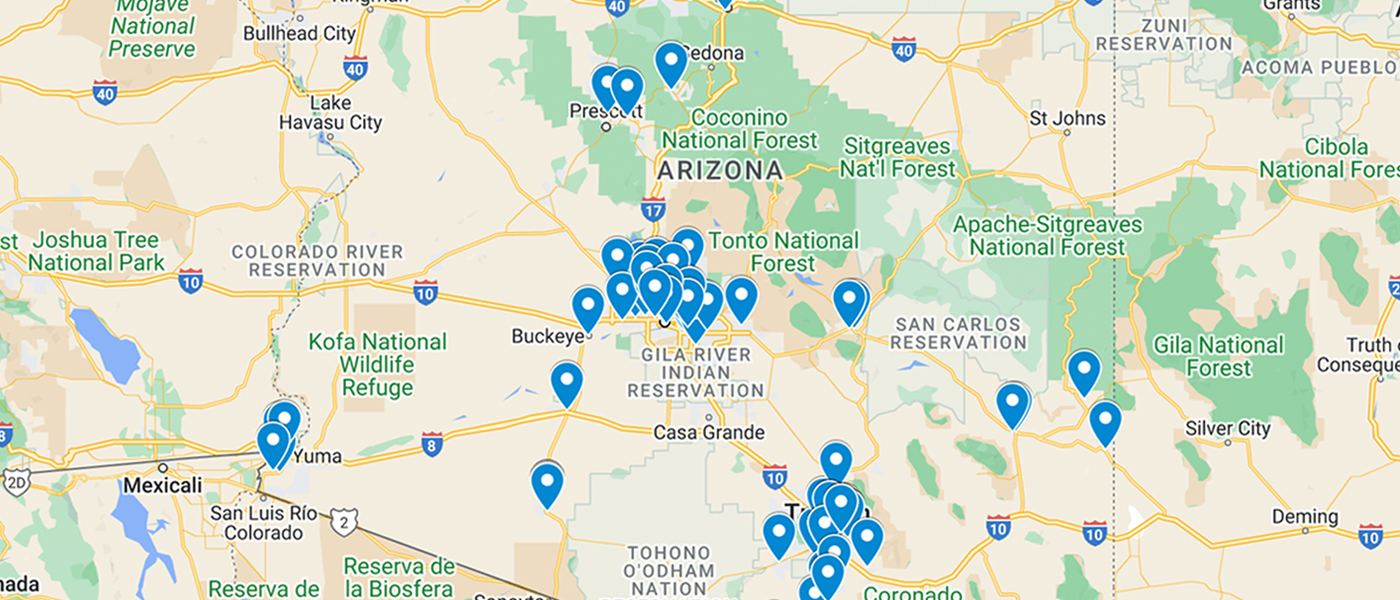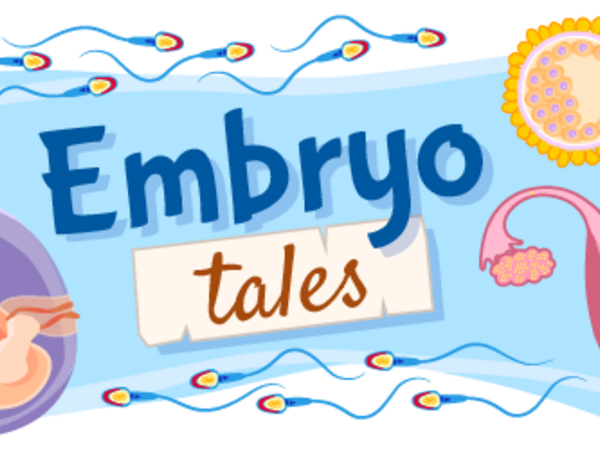
THE EMBRYO PROJECT ENCYCLOPEDIA
Recording and contextualizing the science of embryos, development, and reproduction
Recently published
Apr 16, 2024
In May 2017, Alice Lee, Fiona E. Gibbon, and Kimberley Spivey published “Children’s Attitudes Toward Peers With Unintelligible Speech Associated With…
Feb 06, 2024
Smile Train is a non-profit organization that Brian Mullaney and Charles Wang founded in 1999 in New York City, New York, that provides resources and…
Nov 21, 2023
In 1998, urologists Marc Goldstein, Philip Shihua Li, and Gerald J. Matthews published “Microsurgical Vasovasostomy: The Microdot Technique of…
Recent news

Browse by subject

The Embryo Project is supported by the National Science Foundation, Arizona State University, Center for Biology and Society, the Max Planck Institute for the History of Science in Berlin, and the MBL WHOI Library.


